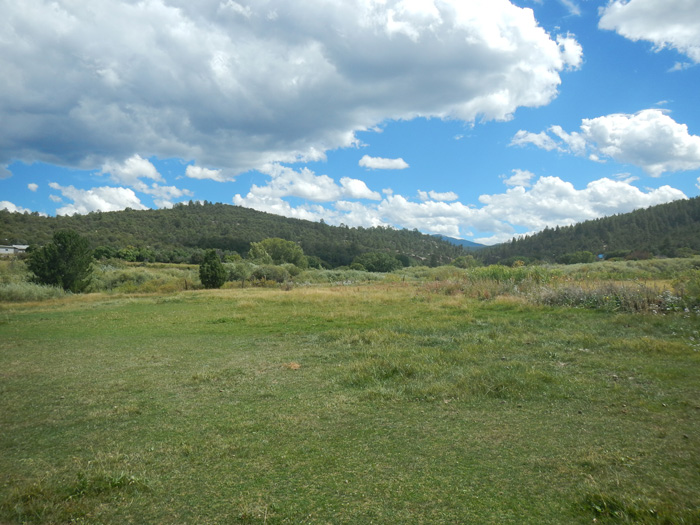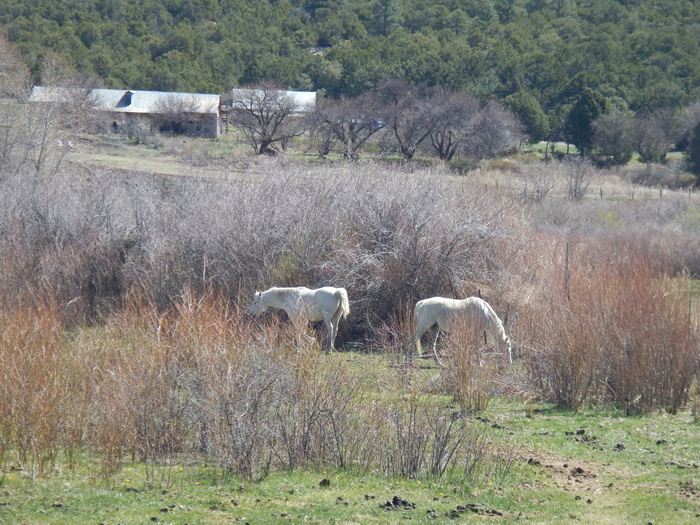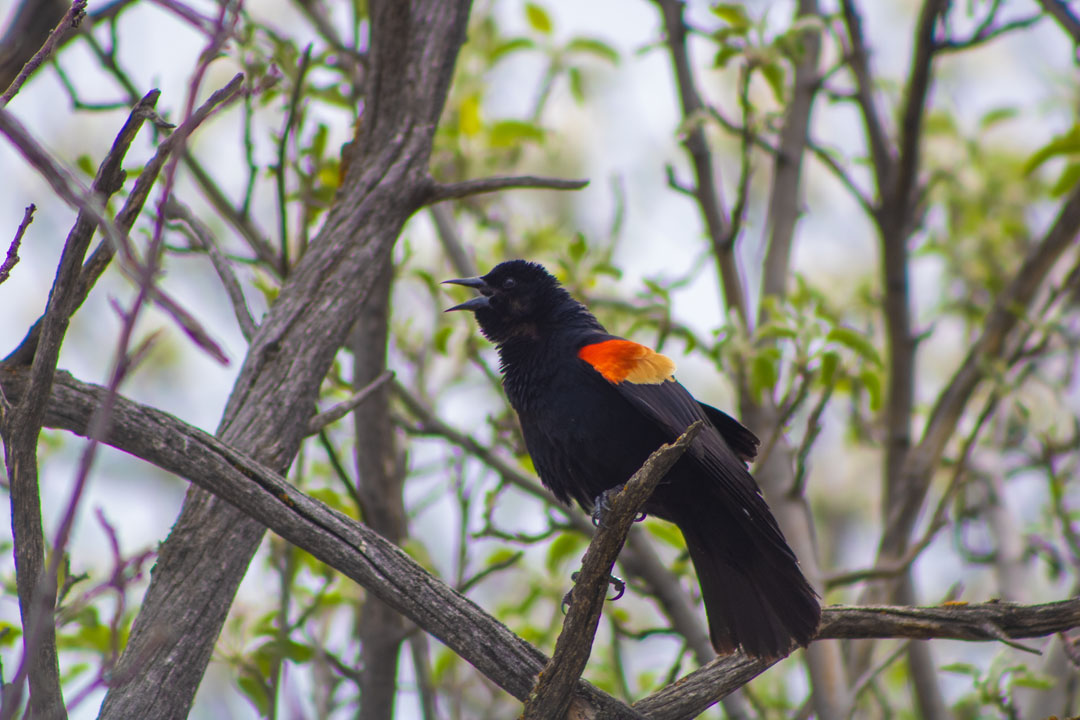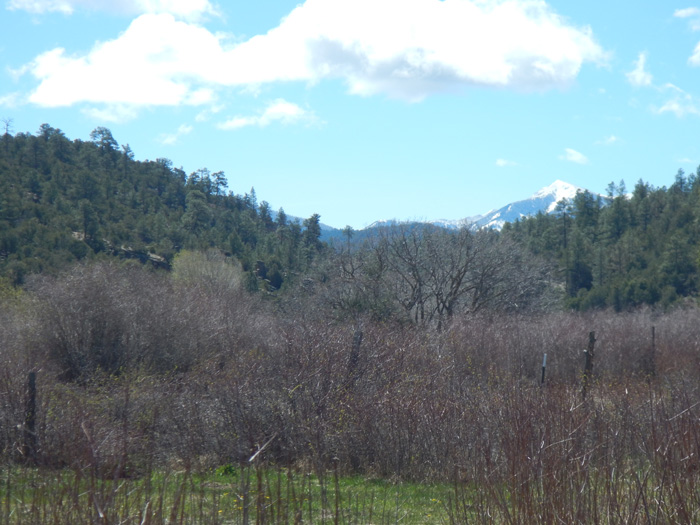Project Details
Area: NORTHEAST
Size: 17 acres
Location: Taos County
Eco-Region: Southern Rockies Level III
Conservation Values: Agriculture, Scenic Open Space, Wildlife Habitat, Historic
Type of Project: Donated Conservation Easement
Date Completed: December, 2017
Las Trampas Farmland
Sometimes Success Comes in Small Sizes: Preserving Family Land in Las Trampas
The conservation movement is often criticized for its seemingly myopic focus on land, water and wildlife – sometimes with little regard for local community and individual interests. Working lands conservation, however, is an arena in which the relationships between human and nature become the central tenant of the work; seeking the balance between human livelihood and the natural environment.
There is no better example of this than along the Rio de Las Trampas, a small tributary of the Rio Grande providing the lifeblood for centuries-old farming communities of northern New Mexico. The end of 2017 marked the conclusion of an intensive, two-year effort by NMLC to protect a 17-acre parcel of farmland that provides the scenic backdrop for the historic, traditional Village of Las Trampas along the High Road to Taos.
This was no small victory given the many challenges faced along the way. From navigating a complex web of land tenure involving historic Spanish land grants overlapping Pueblo lands, combined with aiding a family to resolve a complex inheritance of family land by using the New Mexico Land Conservation Incentives tax credit to pay off probate court costs to keep the land in the original family that had homesteaded it in the late 1600s – these were but a few of the many “arroyos” traversed.
One might argue that such “treacherous terrain” wouldn’t merit all the effort for such a small piece of agricultural land. But this parcel is a living example of the New Mexico land heritage – one that has seen Pueblo, Spanish, Mexican and American occupation and has evolved with the iron tools that carved out its acequia and tended its soil; one that exemplifies the nexus of place, tradition and natural heritage, and ultimately, one that has woven conservation values with human values to produce a success story worthy of replication across this unique and rich state.






